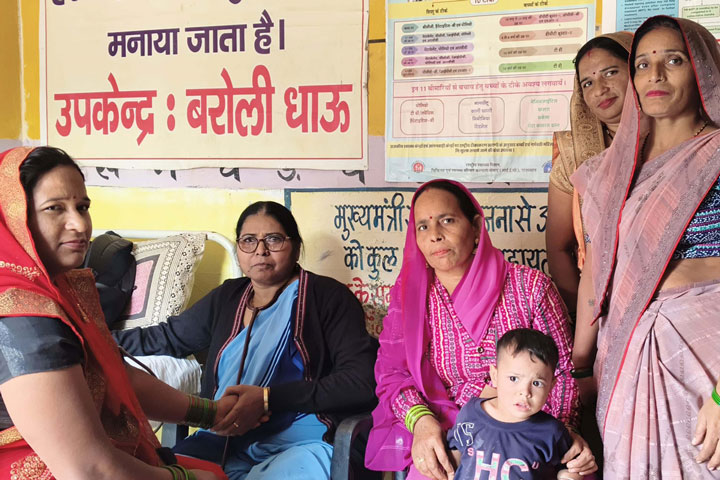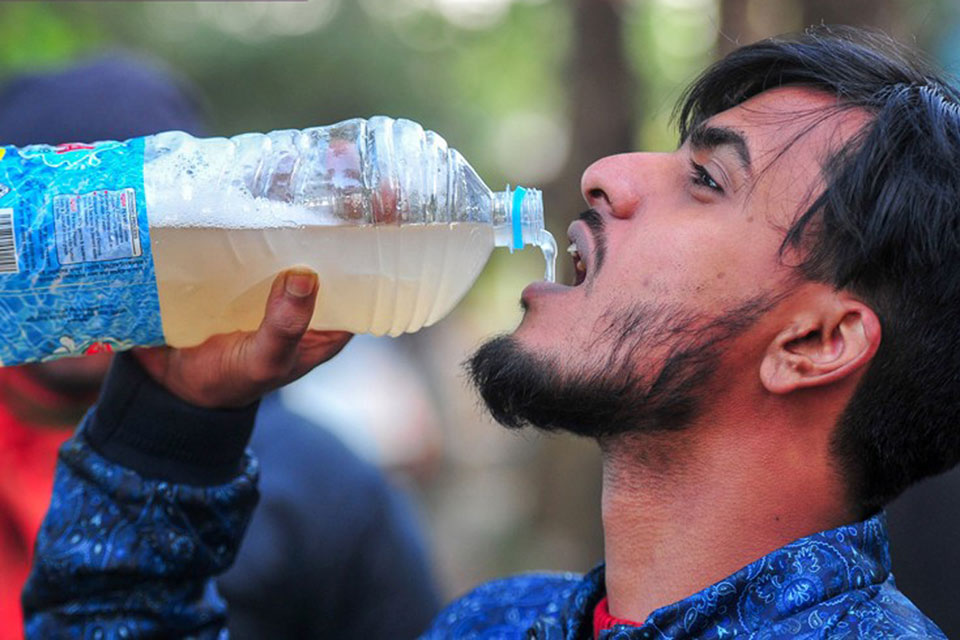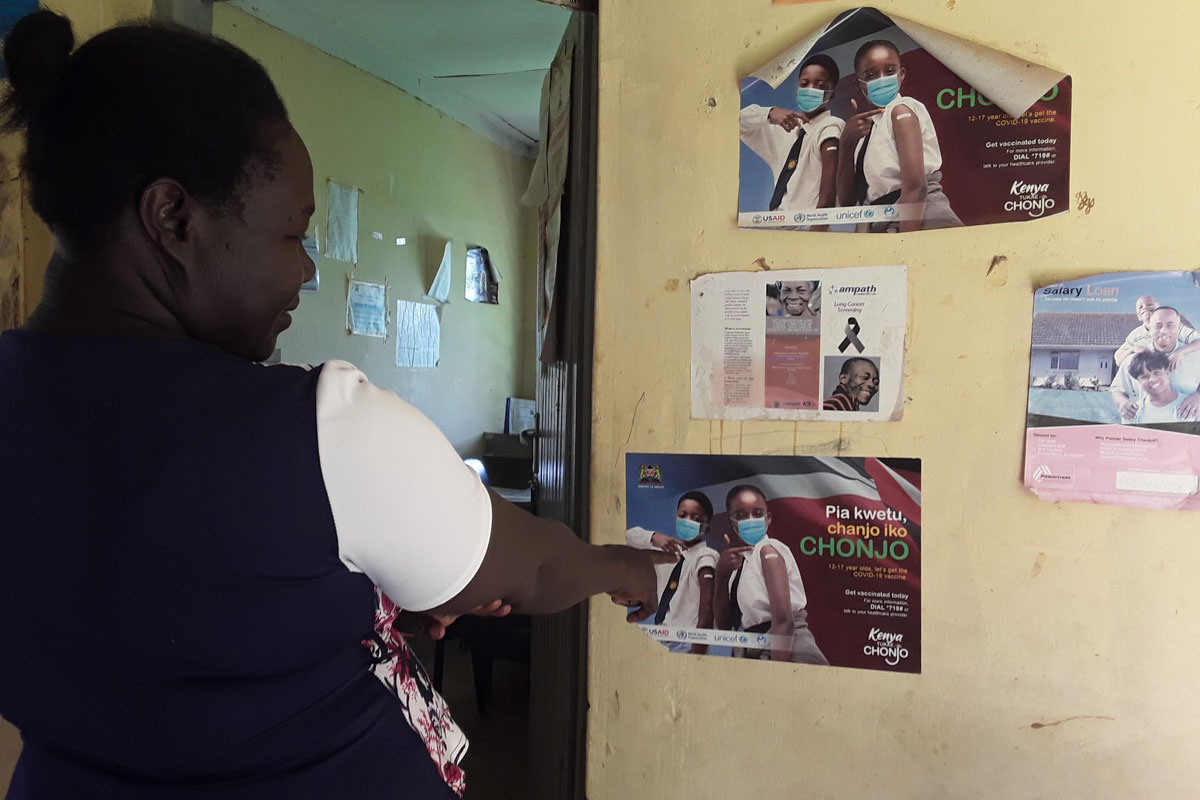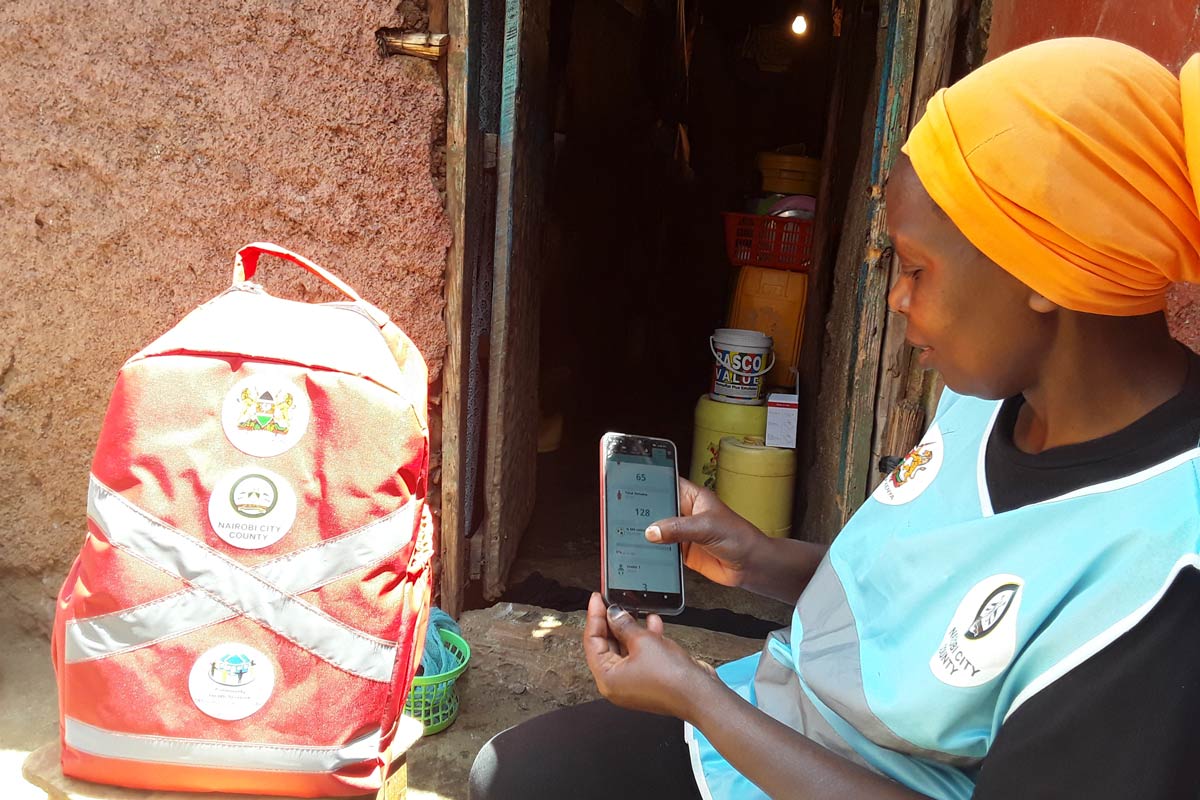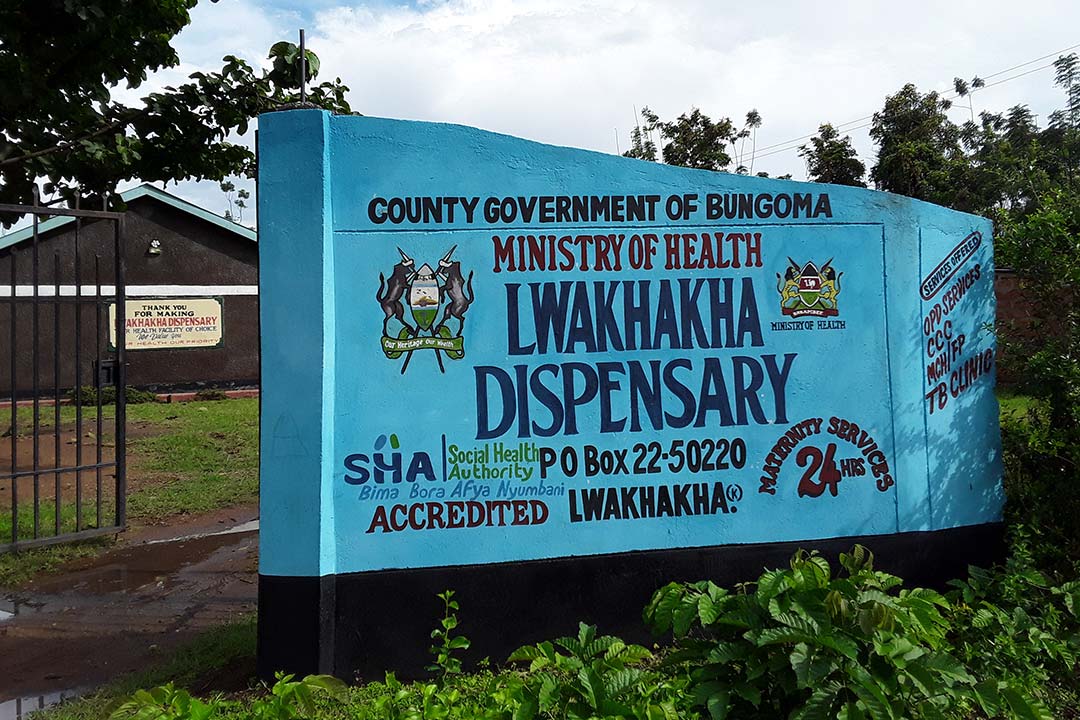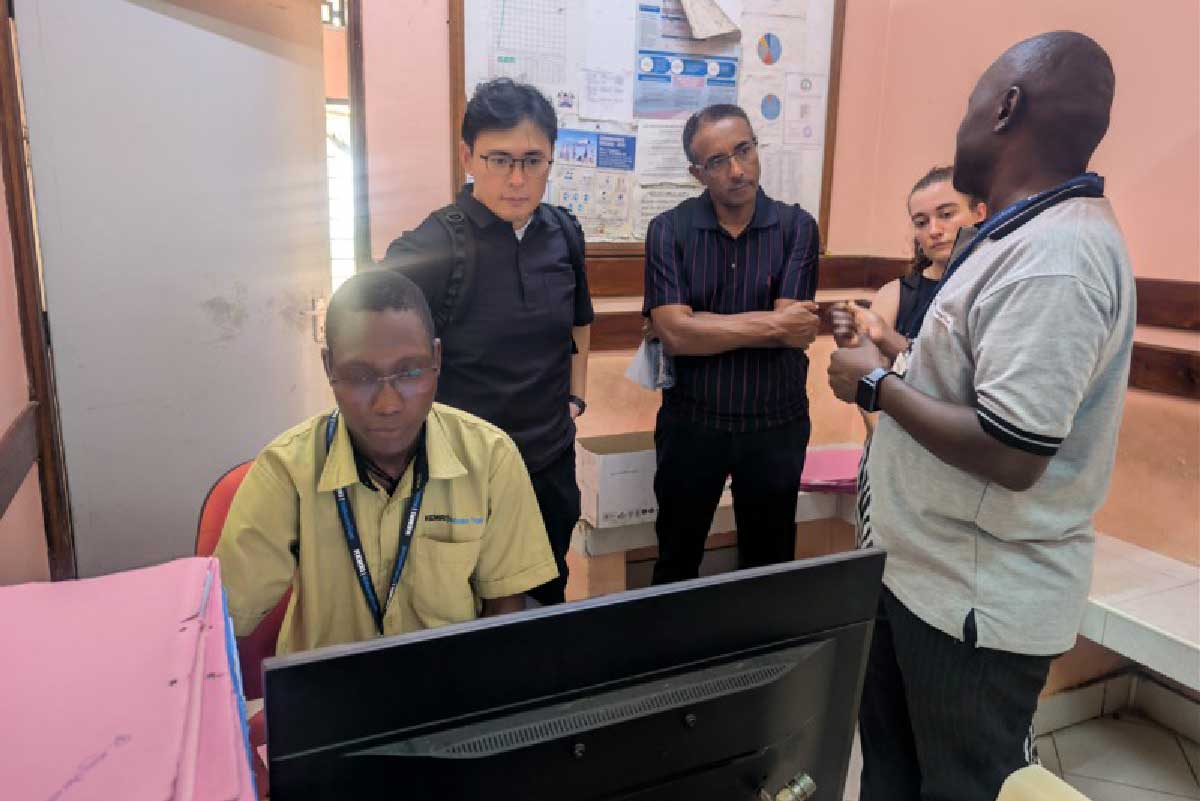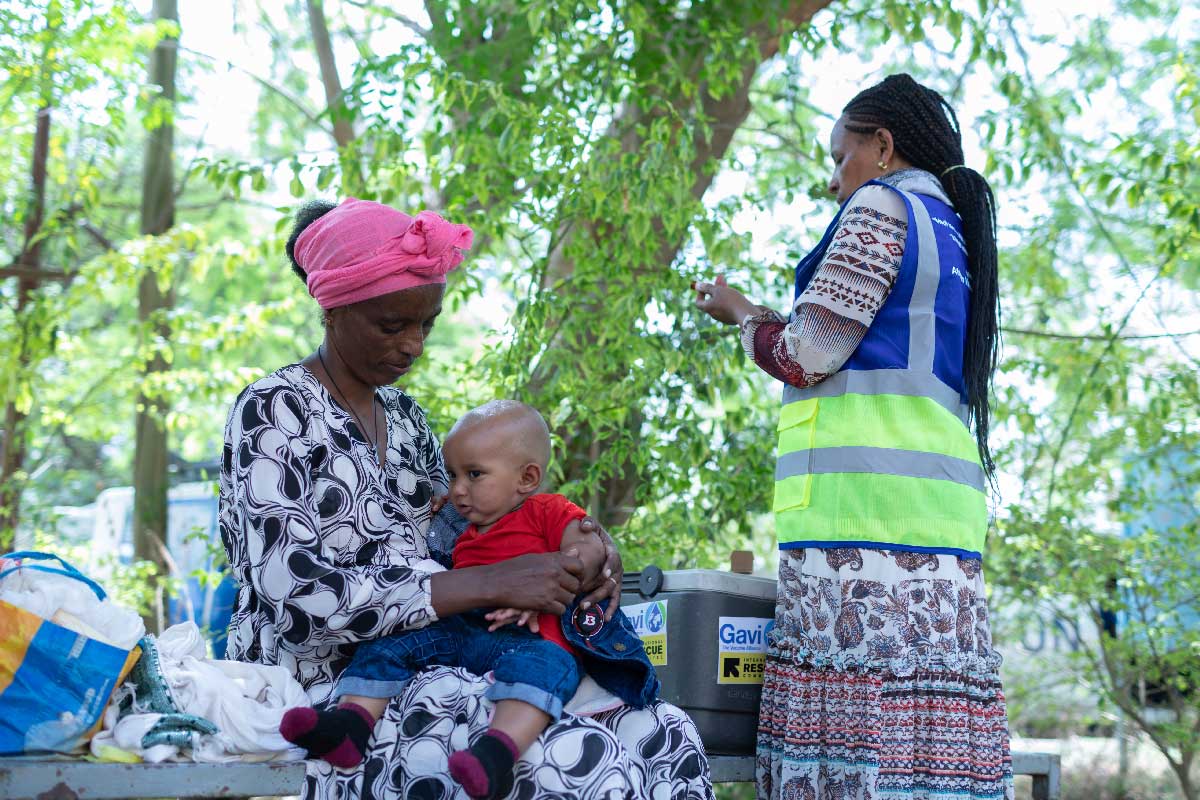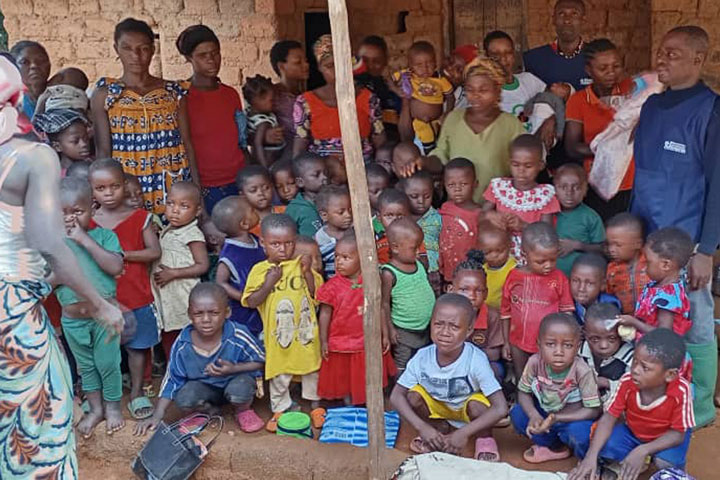Kenya’s internally displaced children are at risk of going unvaccinated. A new strategy is changing that
Social mobilisation for vaccination is about reaching children “wherever they are”. Joyce Chimbi found out what that means in practice.
- 10 February 2025
- 7 min read
- by Joyce Chimbi
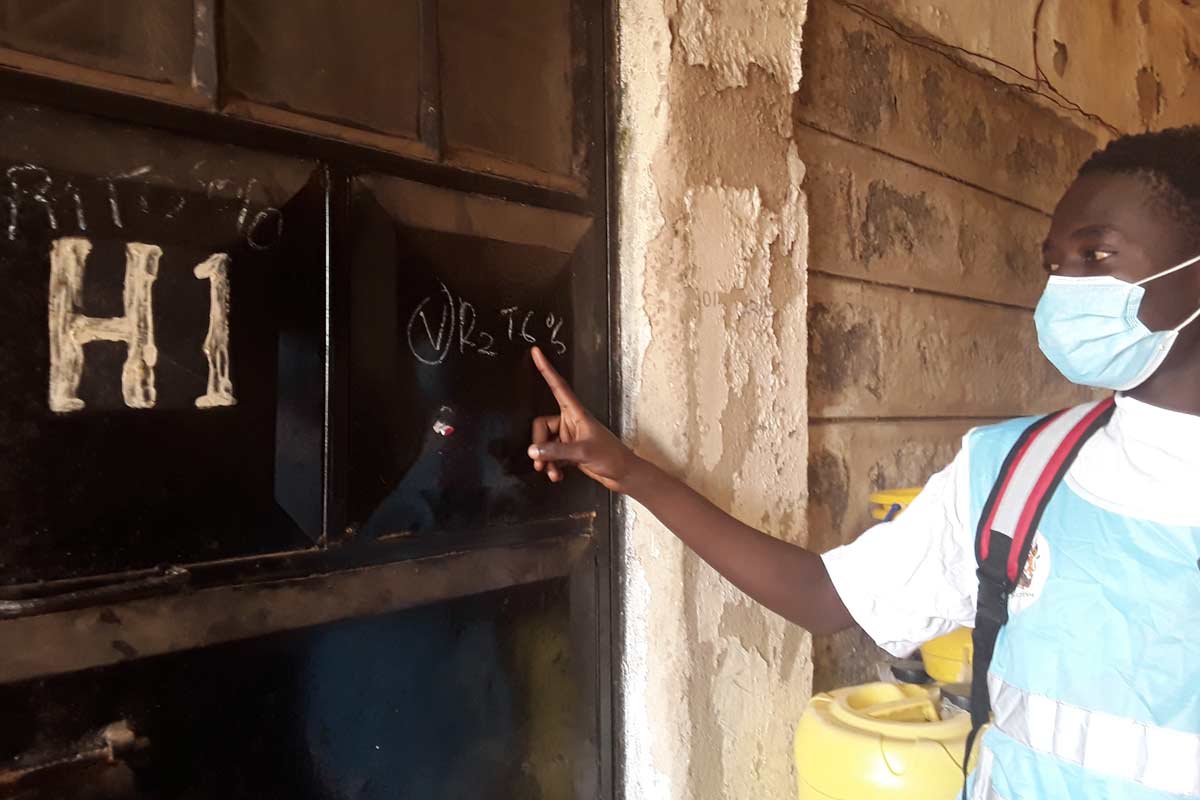
Benta Achieng’s two children never missed a dose of their scheduled childhood vaccines when they lived back in Gembe East, close to Kitare Health Centre in southwestern Kenya’s Nyanza region. Despite the area being one of the country’s poorest, a dedicated team of health workers and Community Health Promoters would knock on her door each vaccination day, on their way to the clinic.
Then Achieng and her children left. “I moved to Nairobi in 2022. I am a Luo; to find my bearings, I joined my community in Kisumu Ndogo [“little Kisumu” – home to a large Luo population] in Korogocho and joined the Nomiya Luo Church,” she says.
She says life in Nairobi’s fourth largest informal settlement was difficult. “Desperate, depressed and pregnant, I was looking for a financial miracle, and became irrationally committed to the church. When I was told the baby must be hidden from the outside world for 40 days, I went ahead and decided to give birth at home. My baby was first vaccinated at six months – and only because Mama Kijiji [mother of the village] intervened.”
Children on the move
Kenya experiences significant movement and has more internal than international migration as people move in search of greener pastures, or to escape political tensions, ethnic- and resource-based conflict, insecurity and perennial climatic disasters such as floods and droughts. The age group 0 to 14 years accounts for the highest proportion of internal migrants across the country.
According to the Internal Displacement Monitoring Centre, as of 2022, no fewer than 187,000 children were internally displaced. The largest proportion of those migrants were moving from rural into urban areas. Out of Kenya’s 47 counties, Nairobi has unsurprisingly recorded the highest recent influx.
“Child migrants are very difficult to trace as there is no formal registration. We can only trace movement through a national population census and that happens every ten years. The national vaccination coverage rate for basic antigens has been on a sustained upward trend, reaching 80% in 2022. Migrating children account for a large population of the remaining 20%. Our robust social-mobilisation-to-vaccinate strategy seeks to reach them wherever they may be,” says Dr Amos Ndegwa, a senior health official in Nairobi County government.
Policing for child health
To ensure that no child is left behind, Kenya’s National Immunization Policy Guidelines 2023 recommends a robust social mobilisation strategy for immunisation. The strategy is supported by chiefs, the government representatives closest to the community, assisted by members of the Nyumba Kumi “see something, say something” community policing initiative. Apart from Nyumba Kumi leaders, other community gatekeepers are Mama or Mzee Kijiji, a female or male village elder, who report to the area chief.
“Initially, we handled matters related to insecurity or social and domestic disputes, but have since been co-opted to ensure that children are not denied their right to immunisation and general healthcare,” says Mama Kebaso, founder of Goshen Women, a self-help community-based organisation in Korogocho, and a Nyumba Kumi leader.
She says the presence of a new arrival is immediately reported to the community leaders. If the newcomer is pregnant or accompanied by young children, Community Health Promoters are notified for immediate action.
“Two days after moving from the chaos in Githurai during the Genz-protests in June 2024, Mama Kijiji and a community health worker came to my cousin’s house in Lindi where I had sought refuge. She weighed the baby and referred me to a clinic nearby, and even accompanied me there. The nurse said the child was growing too slowly. She was treated for some time and after the new year they said the baby is fine,” recalls Yvonne Nanjala, a teen mother.
Have you read?
How children get lost
Jim Obiero, a community health promoter in Nairobi’s Kawangware area, says social disruptions that affect day-to-day routines hinder child vaccination. A recent spot-check in public dispensaries in Nairobi’s informal settlements showed a fall in immunisation rates in four of ten key community-based health facilities, ranging from five to 10 percent across June, July and August 2024.
“We also saw a spike in others such as the Beyond Zero Lindi clinic of more than ten percent, suggesting movement. A loss in one clinic must be balanced by a gain in another, but we do not have the resources to track and trace these children, and often, there is no direct correlation as movement could be urban-rural,” he says.
Studies shows child internal migrants in Kenya experience disruption to their routine child vaccination, which contributes to vaccination disparities as the family might need time to adapt to their new environment. The child’s mother or caregiver may have lost the social networks that helped keep the family rooted in the healthcare system.

Without intervention, migrant caregivers are less likely to be aware of the immunisation schedule. They may have lost the child’s immunisation card, losing track of when the child was last vaccinated. They might also retreat from accessing services for fear of ethnic and religious discrimination, a prevailing problem in Kenya.
Logistical issues such as transportation costs can hinder vaccination, as can assimilation into communities that resist or hesitate to receive modern medicine or child vaccinations due to political, religious and ethnic affiliations. In 2019, the World Health Organization (WHO) declared vaccination delays and refusals linked to vaccine hesitancy among the top ten global health threats.
Making vaccination a social impulse
Nelly Mugure, a paediatric nurse in Nairobi County, says social mobilisation aims at creating and sustaining demand for vaccination, and that community based social mobilisation networks help improve access and adherence to routine immunisation.
“Child internal migrants are hard to see in the immunisation data. You will simply see a drop or rise in the child population and that is how we ended up with unvaccinated nursery school children,” she says. “Today, health providers are required to take down the name of the child’s parents, home area and phone numbers. Our community health promoters can then trace them on the phone and link them to health facilities in their new homes.”
Obiero explains that social mobilisation is about reaching children “wherever they are. Public health officials go to public schools for catch-up vaccination. Community health promoters go to religious institutions as there is a very large population of children in churches and mosques due to religious nurseries.”
Before these outreach activities, the Ministry of Health will have written letters to inform the community about an upcoming mass vaccination campaign. The letters are pasted up in churches, schools, health facilities, chief’s offices and areas where people gather, such as water points, to inform the community of an intended vaccination. They also use public address systems to communicate the same four days before vaccinations begins to raise awareness. Announcements are also made during church services.
“When vaccination activities begin, we usually leave markings on every door indicating how many children were vaccinated or where no one was home so that we can return. If there was resistance, we also leave a mark and ask for the Mama or Mzee Kijiji to intervene,” Obiero says.
When people migrate with misconceptions around vaccines – a common observation among families from the northeastern counties of Wajir, Mandera and Garissa where child vaccination rates are 49%, 29% and 23% respectively – Obiero says they work with their community and religious leaders to address vaccine resistance or hesitancy. Religious leaders are increasingly offering up their facilities for mass vaccination activities, he adds.
More from Joyce Chimbi
Recommended for you
